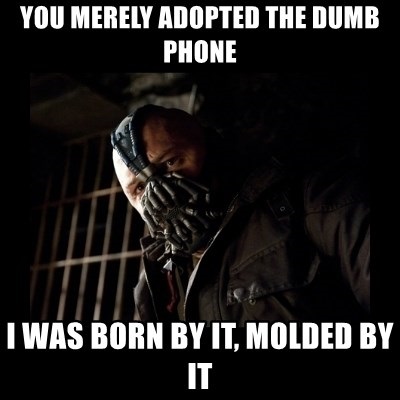A brief history of phones
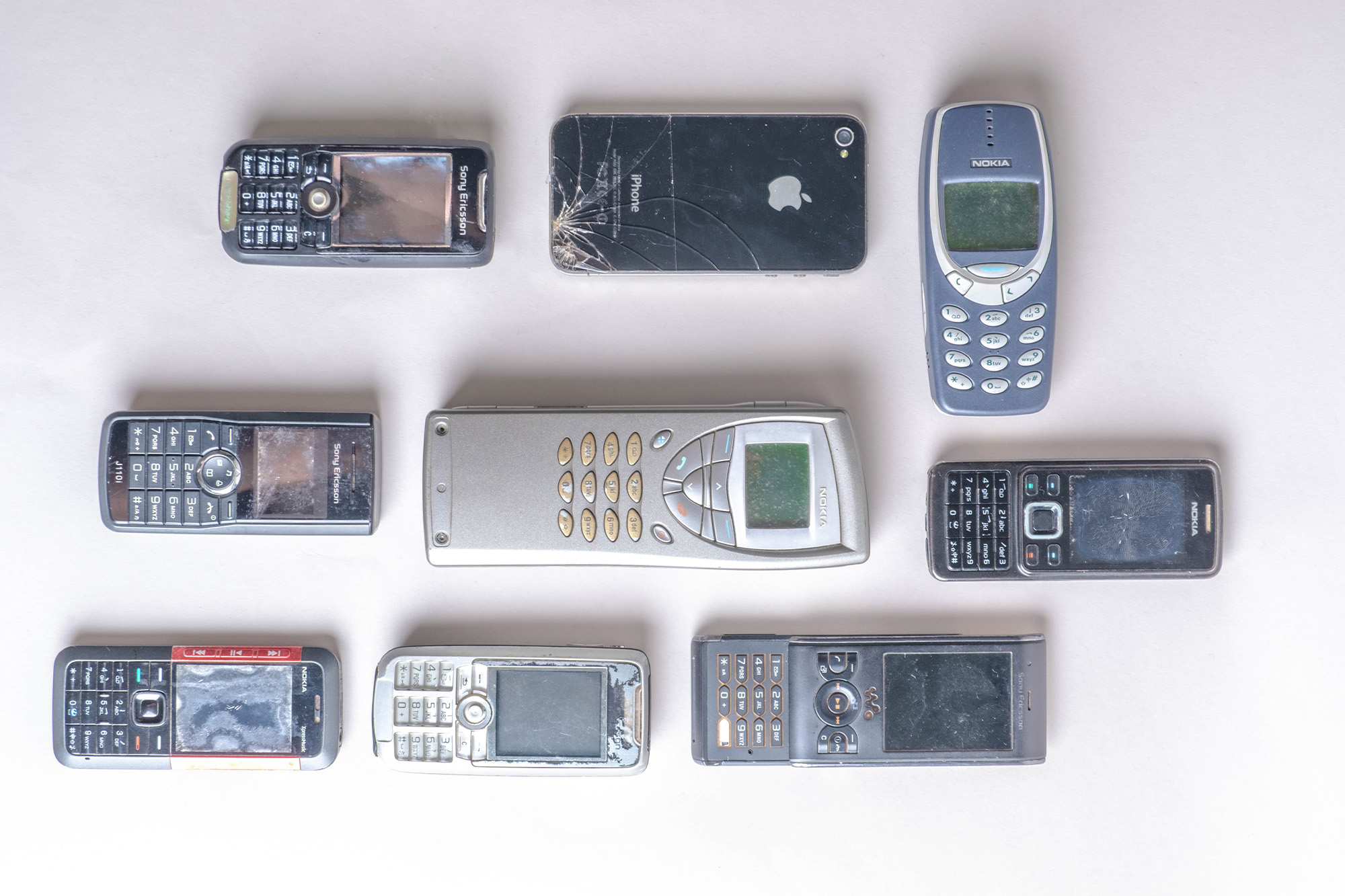
A brief history of phones
July 6, 2022
By naming these devices smartphones, we assume that all the wonderful pieces that were left behind in time were not exactly…smart. The elementary – and exclusive – job of the first specimens in the 80s was to allow long-distance calls and for the ones that came in the 90s the major goal was to function as a sort of electronic schedule for the corporate world. A few years later, a modest camera united with slow basic internet that allowed for slow navigation and still managed to satisfy any patient user.
However, this user became increasingly demanding and accelerated. If previously he would wait stoically for an Internet page to load for a large period, today Google’s parameters say that a web page should take no more than 3 seconds to load.
Little by little phones gained better and newer functionalities. Although many anticipated and met the user’s needs, others turned out to be complete failures.
Will you join us for a little incursion on the history of mobile phones? Surely, we will discuss a model that holds a special place in your heart.
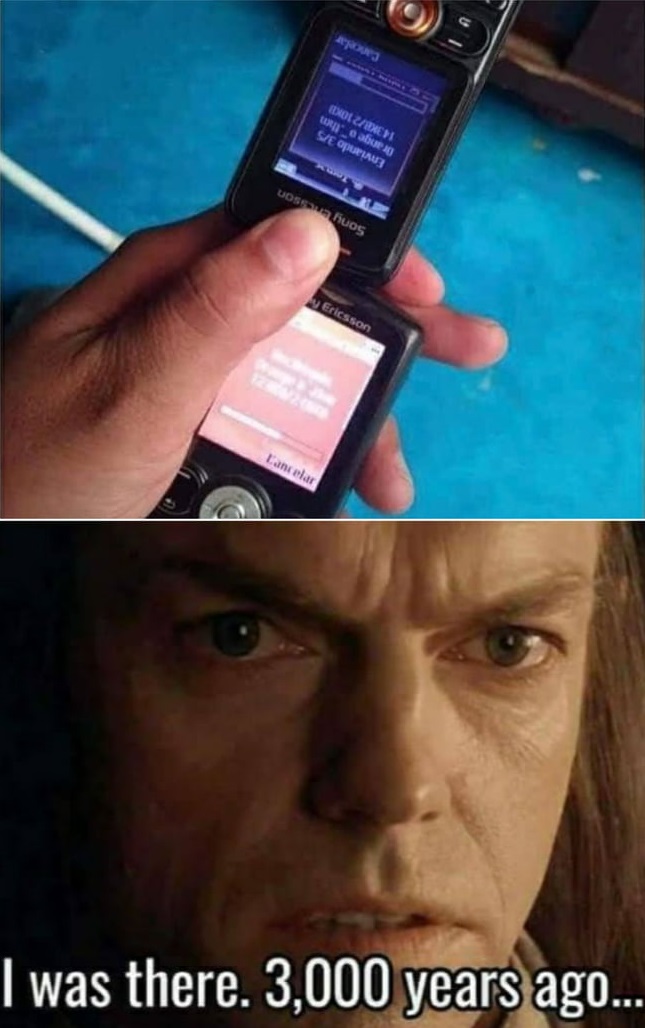
The first portable model and the paradigm shift
In 1983 the world received the first mobile phone from Motorola. With a name that sounded more like a spaceship than a phone, the DynaTAC 8000X costed 4000 dollars. This phone was not for everyone’s wallet, and it was a symbol of social status.
In 1991, the Global System for Mobile Communications (GSM, which originally meant Groupe Spéciale Mobile) is a mobile technology used for the transmission of mobile voice and data services that replaced the analogic systems. When roaming services was nothing but a mirage and mobile coms were analogic and limited to each country, GSM tech harmonized mobile networks and developed a European compatible system. The goal already predicted the need for a global system of mobile telecommunications that supported the growing tendency on the future number of this service subscribers. As more countries adopted this system, users became more connected thanks to a compatible terminal.
Nokia was the pioneer brand to explore this technology and launch a mass production of the first compatible phone, the Nokia 1011. This model was also the first to receive a text message.
The first phone with a “coloured” screen
In a brief period, we went from grey colourless screens to little portable computers.
In 1998 when LCD screens invaded the store shelves, Siemens was the first brand to launch a model with a coloured screen. Siemens S10 revolutionized the phone’s market by exhibiting a screen with 97×54 pixels, a white background and text with three colours: red, blue, and green.
This characteristic won him a special spot on the market and the glory to claim a world premiere. Despite this model managing to impress the consumers it was quickly overthrown by the rivals developed by Nokia and Ericsson.
Three years later, Ericsson T68m (the last phone sold by the brand) and the Mitsubishi Trium Eclipse (whose slogan was“the executive phone that brings colour to your life”) were two of the most popular gadgets in Christmas present lists. With a screen of 256 colours these models conquered the attention of the consumers despite their high price standards for 2001.
Limitless customization and an indestructible sales classic
But the colours quickly expanded to other parts of the phones. Colourful keypads and cases filled with patterns and messages became an identity statement.
The customization became the watchword, and many were the models that offered several customization options. For the younger crown, the monochromatic screens contrasted with colourful and extravagant accessories. Therefore, Nokia 3310 will certainly be one of the phones that has the power to awaken the nostalgia of these consumers. Known for being an ultra-resistant model it is remembered for some, until this day, as the “brick.”
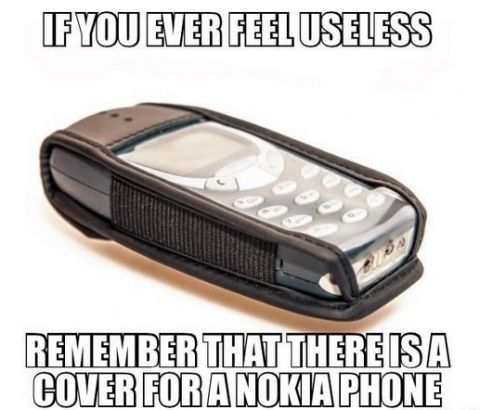
Do you still remember when changing your screensaver or the carrier’s logo was a trend? Even with a dull green screen Nokia 3310 offered a series of tools that promised to cheer up any user. This iconic phone had other functionalities such as the symphony composer, for personalized ringtones with the biggest hits of the 2000s, and games such as the mythical Snake and Space Impact. With approximately 126 million units sold its success was so big that this model continued to be produced until 2005 and even got relaunched in 2017.
The beginning of phone gaming
If we are debating the gaming theme, we need to discuss Snake: a game developed by the finish engineer Taneli Armanto, specially for Nokia. In 1997, Nokia 6110 was responsible for bringing to the market the game that would later become one of the biggest addictions of the late 90s and the early millennia. Snake was simple, had several difficulty levels and entertained users of all ages.
N-Gage, also from Nokia, was a hybrid between a smartphone and a console that elevated the phone gaming to a whole new level. There were 63 games officially launched for this gadget.
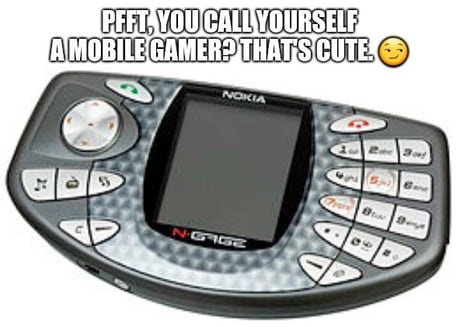
More than just a phone: cameras and the Wireless Application Protocol
In 1999, Nokia launched 7110, the first phone to take advantage of WAP (Wireless Application Protocol), a protocol that allowed access to information through a wireless network that became a world standard. The first phone with a camera that appeared in Europe was the model Sony Ericsson T68i in 2002.
In 2003 the deployment of 3G elevated the download speed up to 2 Mbps and allowed access to the Internet on mobile devices through mobile data. Thanks to this new tech users were able to watch the first audio-visual content and make videocalls (aided by frontal cameras). Pocket email came to the masses thanks to a device called BlackBerry.
2007: iPhone odyssey
The year of 2007 influenced the history of technology and revolutionized the meaning of phones. The LG Prada was the first touchscreen phone in the market, but it was quickly overthrown by something that would become bigger than its promise.
After months of rumour and speculation, Steve Jobs revealed to the world the first iPhone which was a merge of three devices – an innovative phone, an iPod and device for optimized internet navigation with email, browser, and maps.
On a world dominated by phones with a small screen and 12 keys, the iPhone’s interface established a new standard with a shiny touch screen. This phone offered its users a 2 megapixels camera and many other revolutionary characteristics for the time. It became a pioneer by establishing a true internet connection just like a computer.
The iPhone’s price started at $499 and went up to $599. This phone was the starting point for a modern technology philosophy that always brought an upgrade or something new to the consumers expectations.
Getting smarter
Besides the communication part, phones are central to the modern life and simultaneously replaced several tech gadgets.
Phones surpassed our expectations and dramatically transformed mental processes and the way we hope to have the world at our reach. We became more than ever, demanding consumers.
The path to evolution was filled with failures, functionalities that were worthless and – in Portugal – a lot of commercials. It was not just the most advanced model or the one with the best features that made a dent in our lives. The first pictures we took on phones reveal genuine pixelized smiles and are testimonies of this technological evolution.
What about you? Which phone made you more nostalgic?
